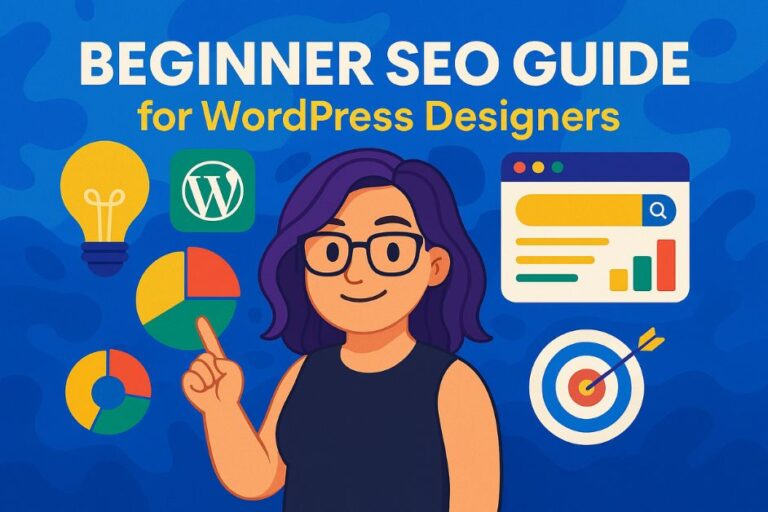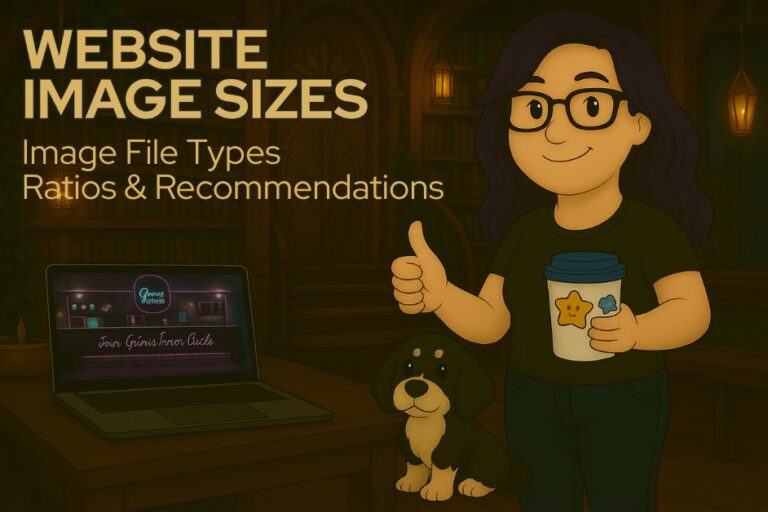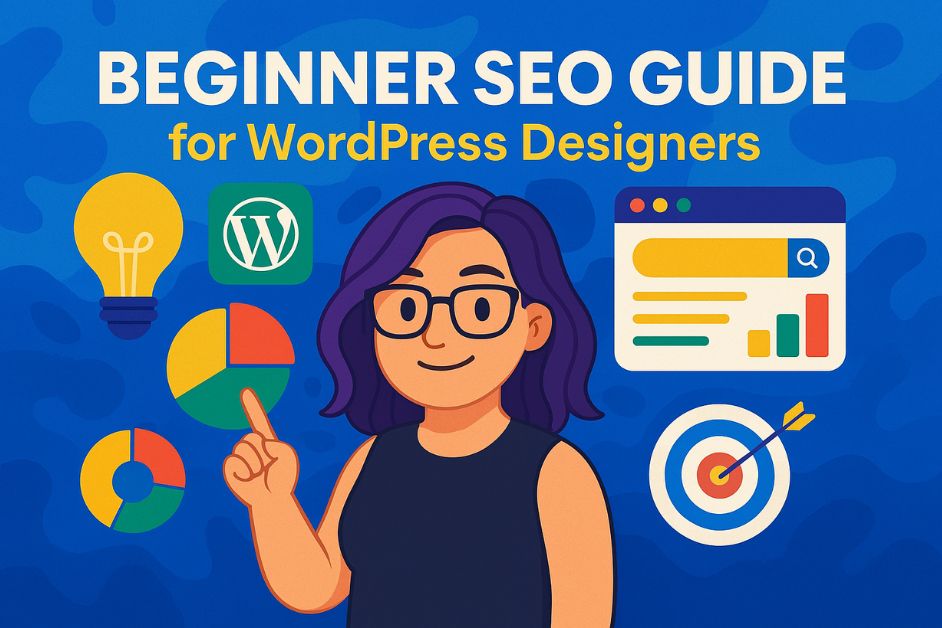Beginner SEO Guide for WordPress Designers
No keyword research. No tech speak. Just the basics you actually need to know.
Whether you’re building your first site or managing a few for clients, it’s important to understand how SEO works per page—not across the whole site. This guide will help you build solid habits that make your pages easier to find without keyword stuffing or overthinking it.
 What is SEO?
What is SEO?
SEO stands for Search Engine Optimization. It’s how we help search engines (like Google) understand what your website is about so they can show it to people searching for related topics.
Think of SEO like a label. You’re making sure each page is clearly labeled so Google knows who to show it to.
 How SEO Works Per Page
How SEO Works Per Page
Every page on your website should have a unique purpose or topic. That means:
You don’t use the same title or description on every page.
You don’t try to rank for the same exact keyword on every page.
You treat every page like its own little spotlight moment.
 Page Titles and Meta Descriptions
Page Titles and Meta Descriptions
These are the pieces that show up in Google search results.
Page Title: This is the headline people click on. Keep it short, clear, and say what the page is about.
Example: “Cake Decorating Tips for Beginners”
Meta Description: A short summary that encourages clicks. It doesn’t affect rankings much, but helps with visibility.
Example: “Start decorating beautiful cakes today! Beginner-friendly tools, ideas, and tips inside.”

 Headings (H1, H2, H3… What’s the Difference?)
Headings (H1, H2, H3… What’s the Difference?)
Headings help organize your content. Think of them like chapters and subheadings.
H1: The main title of your page. Only use ONE per page.
H2: Section headers (you can have several).
H3: Sub-points under an H2.
Example:
H1: Cake Decorating Tips
H2: Essential Tools
H3: Piping Bags
H3: Spatulas
H2: Decorating Techniques
 Page Content Basics
Page Content Basics
Search engines love helpful content. You don’t need to be a writer—just explain your topic clearly.
Aim for at least 500 words per page.
Write for real people, not search engines.
Sprinkle in keywords naturally—no stuffing!


 Image Optimization
Image Optimization
Images can help with SEO when done right:
File Size: Under 200KB when possible.
File Type: JPG for photos, PNG for graphics.
File Name: Use simple, relevant names (e.g., cake-tools.jpg).
Alt Text: Describe the image. Helps with SEO and accessibility.


Link to other pages on your site when it makes sense:
Mention a blog post or page? Link to it!
Helps visitors explore and helps Google understand your site structure.


Most WordPress themes are mobile-friendly, but always double-check:
Use the mobile view in Elementor or the preview tab.
Make sure text is easy to read and buttons are easy to tap.
 Improve Page Speed
Improve Page Speed
A fast site = happy visitors + better SEO.
Use caching plugins (e.g., WP Super Cache).
Compress large images.
Avoid overloading pages with heavy elements like auto-play videos.

Make URLs short and easy to read:


Set this in Settings > Permalinks in WordPress and choose “Post name.”
 Use an SEO Plugin
Use an SEO Plugin
Let plugins handle the technical stuff:
Use SEOPress or Yoast SEO to set titles, descriptions, sitemaps, and reminders.
These plugins help you stay on track without needing to remember every detail.

Each page has its own job, so give it its own SEO plan. Trying to make every page rank for the same terms will confuse Google—and your visitors. Keep it simple, helpful, and focused on one topic per page.


